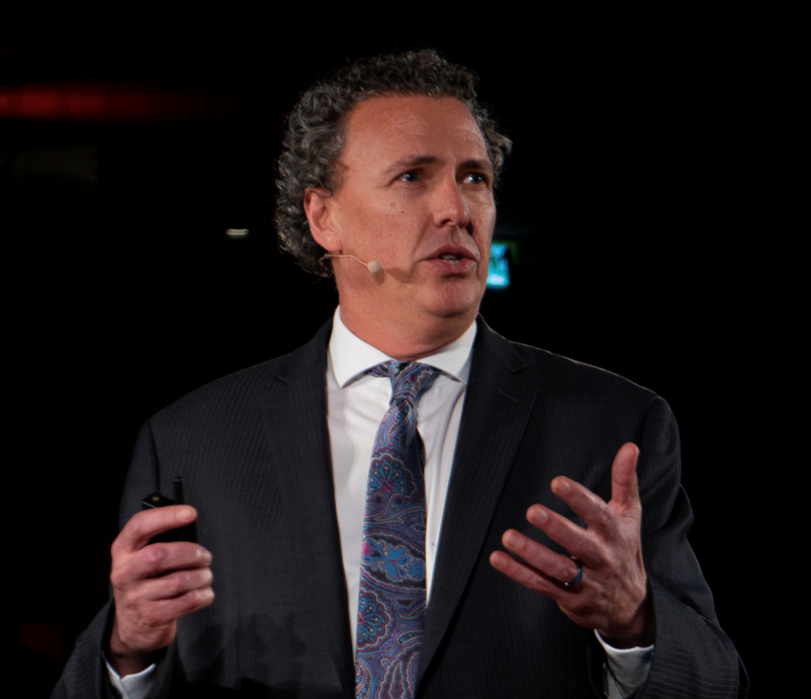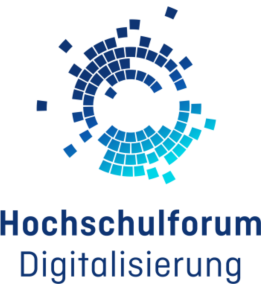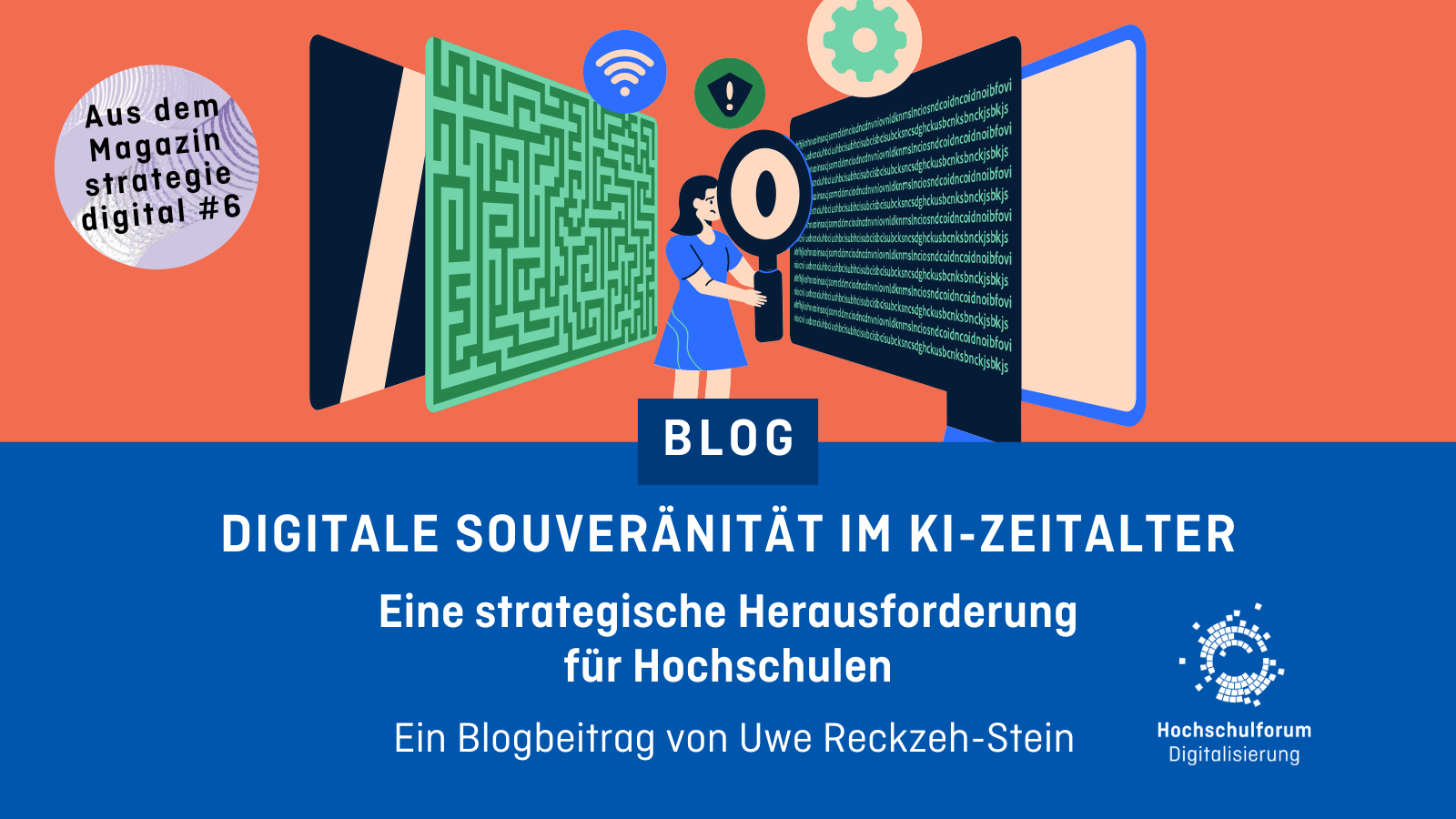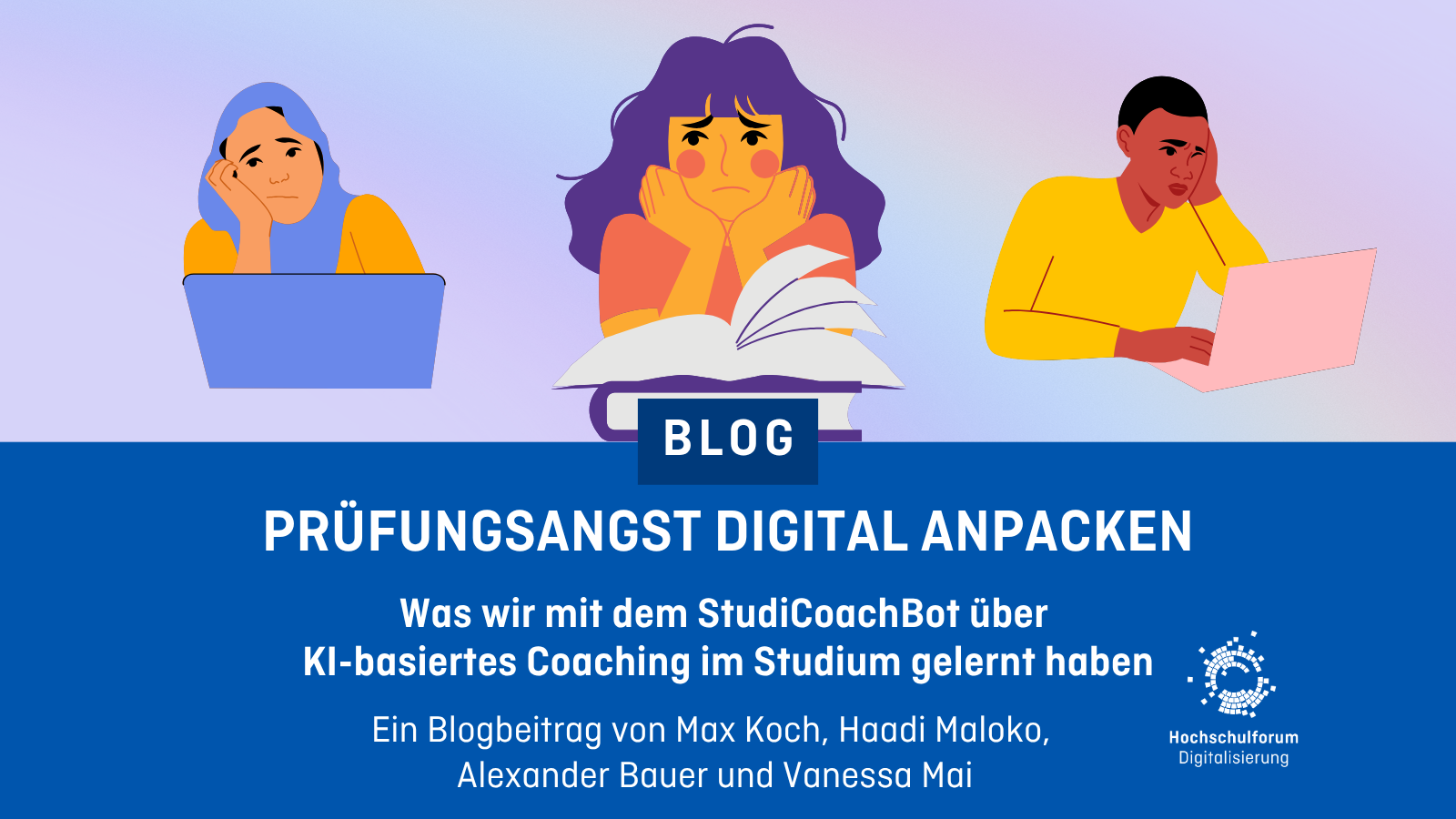Empowering Learning Through Formative Peer- and Self-Assessment
Empowering Learning Through Formative Peer- and Self-Assessment
10.04.25
A common problem in traditional education is that students are passive recipients of feedback. Prof. Steve Joordens explains in this blog article how peer- and self-assessment can make students active participants in the evaluation process. This can turn assessments into an opportunity for reflection and skill development. It also helps students to develop critical thinking and self-awareness, ultimately leading to more meaningful learning.
In education, one of our most persistent challenges is how to encourage deep learning—learning that goes beyond memorization and fosters critical thinking, metacognition, and meaningful engagement. Traditional assessments, particularly high-stakes summative evaluations, play an essential role in measuring knowledge, but they are limited in their ability to promote the learning process itself.
A promising alternative is formative peer- and self-assessment, which transforms assessment from a mere judgment tool into an active learning experience. When implemented effectively, these methods help students engage critically with content, reflect on their learning, and develop key 21st-century skills such as communication, collaboration, and self-regulation.
Given the promise of formative peer- and self-assessment, my lab produced a tool called peerScholar that allows educators to formally harness this promise in a powerful but easy to use platform. The basic student experience is as follows. Students are first asked to create some draft composition, as individuals or groups, which they submit in the initiate Create Phase. They then log into the Assess Phase where they receive microlearning-based training on giving feedback, training they immediately put into practice as they peer-assess three or more peer compositions, and then self-assess their own. Finally, in the Reflect Phase they receive microlearning-based training on how to learn from feedback, then they answer questions about the feedback their draft composition received and then are then given the opportunity to use that feedback as they see fit to improve their composition for final submission. As a final step in this phase students are asked to reflect on the changes they chose to make, and to justify their thinking with respect to the recommendations they did not follow.
So, what makes peer- and self-assessment so powerful, and how can we leverage them for maximum educational impact?
From Passive Receivers to Active Learners
A common issue in traditional education is that students are passive recipients of feedback. They receive grades and comments from instructors, but often, they either fail to engage with the feedback or feel disempowered by the finality of the evaluation.
Peer- and self-assessment change this dynamic by making students active participants in the assessment process.
- Self-assessment fosters metacognition—the ability to reflect on one’s own learning and performance. When students evaluate their work against a rubric or learning objectives, they gain a clearer understanding of quality and progress.
- Peer-assessment introduces students to multiple perspectives, helping them recognize strengths and weaknesses in both their peers’ work and their own. Additionally, the act of giving feedback enhances their ability to analyze and articulate constructive criticism—a crucial skill in any profession. In fact, the act of peer-assessing exercises almost all of the skills we see as critical to student success including critical thought, creative thought, receptive communication, expressive communication and, when done as a group, collaboration.
By engaging students in the evaluative process, we transform assessment into an opportunity for reflection, deeper learning, and skill development.
The Psychological Power of “Learning by Teaching”
An interesting phenomenon in educational psychology is the protégé effect—the idea that we learn best when we teach others. Peer-assessment leverages this principle by forcing students to actively engage with criteria and explain their evaluations in a way that makes sense to someone else.
Consider this:
- A student who simply writes an essay may not deeply consider what makes an essay strong or weak.
- A student who evaluates five essays written by peers must compare, analyze, and articulate why certain elements work while others do not.
- The act of giving feedback solidifies their understanding and allows them to apply this knowledge to their own work.
When students assess others, they learn—sometimes even more than when they receive feedback themselves.
Beyond the Grade: The Role of Formative Assessment
Not all assessment needs to be high-stakes and final. Formative assessment is about learning in progress, where feedback is given for the sake of improvement rather than judgment. This is where peer- and self-assessment truly shine.
- In traditional assessments, students receive a final grade and move on.
- In formative peer- and self-assessment, students receive feedback before final submission, allowing them to revise, reflect, and improve.
Research shows that students learn more effectively when they receive multiple opportunities to revise their work based on feedback (Sadler, 1989). Formative assessment not only improves academic performance but also enhances students’ ability to self-regulate and take ownership of their learning (Nicol & Macfarlane-Dick, 2006).
A Simple but Powerful Example:
Imagine a history class where students are required to submit a draft of an essay for peer review before turning in the final version. Each student receives feedback from three peers, incorporates suggestions, and then submits a polished final version. Compared to students who simply submit once for grading, those engaged in peer-assessment often produce higher-quality work and feel more confident in their abilities.
Overcoming the Challenges of Peer- and Self-Assessment
Despite its benefits, some educators are hesitant to implement peer- and self-assessment due to concerns about:
- Student bias – Will students be fair and objective in their evaluations?
- Quality of feedback – Will students provide useful, constructive criticism?
- Acceptance of peer feedback – Will students trust and act upon feedback from their peers?
Solutions:
- Rubrics and Clear Criteria: Research shows that students become much more effective assessors when given explicit rubrics that outline what “good work” looks like (Panadero & Jonsson, 2013).
- Embedded “just in time” microlearning resources, such as those used in peerScholar, can also enhance the quality and consistency of feedback.
- Calibration Exercises: Before engaging in peer-assessment, students can evaluate sample work together, discussing their ratings and justifications to align their standards.
- Anonymous Reviews: Keeping peer evaluations anonymous reduces bias and makes students feel more comfortable giving and receiving honest feedback.
- Multiple Reviewers: Having at least three peers assess each submission helps balance out any individual biases and ensures more comprehensive feedback.
When these strategies are in place, students become surprisingly accurate evaluators, often aligning closely with instructor assessments (Topping, 1998).
Real-World Applications: Preparing Students for the Future
Incorporating peer- and self-assessment into education isn’t just about improving grades—it’s about preparing students for the real world. In virtually every profession, people must:
- Evaluate their own work,
- Provide feedback to colleagues,
- Accept and act upon constructive criticism.
By engaging in formative peer- and self-assessment, students develop these lifelong skills in a structured, supportive environment.
Furthermore, as education increasingly moves toward active learning and collaborative models, these strategies will become even more essential.
Conclusion: A Call for a Culture of Feedback
If we truly want to equip students with the skills they need for lifelong learning, we must move beyond one-and-done assessments and embrace a culture of continuous feedback and improvement.
Formative peer- and self-assessment are not just assessment tools—they are powerful learning experiences. By implementing them effectively, we can help students develop critical thinking, communication skills, and self-awareness, ultimately leading to deeper, more meaningful learning.
So, the next time you design an assessment, ask yourself: Is there a way to involve students in the evaluation process? You might just transform their learning experience.
References
- Nicol, D. J., & Macfarlane‐Dick, D. (2006). Formative assessment and self‐regulated learning: A model and seven principles of good feedback practice. Studies in Higher Education, 31(2), 199-218.
- Panadero, E., & Jonsson, A. (2013). The use of scoring rubrics for formative assessment purposes revisited: A review. Educational Research Review, 9, 129-144.
- Sadler, D. R. (1989). Formative assessment and the design of instructional systems. Instructional Science, 18(2), 119-144.
- Topping, K. J. (1998). Peer assessment between students in colleges and universities. Review of Educational Research, 68(3), 249-276.
Author

Professor Steve Joordens is a Professor of Psychology at the University of Toronto Scarborough, where he specializes in cognitive psychology and educational technology. His research explores human memory, consciousness, and the use of technology to enhance learning, with a particular focus on peer assessment and critical thinking development. As the Director of the Advanced Learning Technologies Lab, he has led innovative projects integrating AI and digital tools into education. A passionate educator, Professor Joordens has received multiple teaching awards and is well-known for his engaging online courses, which have reached learners worldwide. He is also a frequent speaker on educational psychology, technology-enhanced learning, and student mental health. His insights have been featured in various media outlets, and he continues to advocate for active, student-centered learning approaches.

 Uwe Reckzeh-Stein
Uwe Reckzeh-Stein 

 Alexander Bauer
Alexander Bauer 